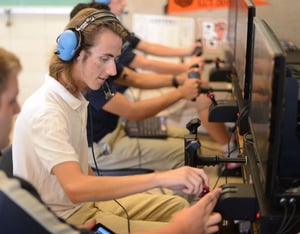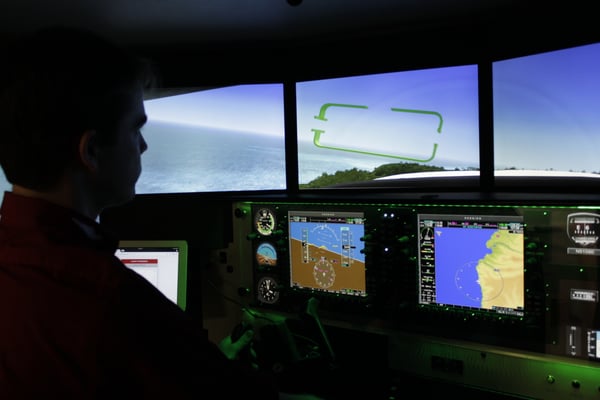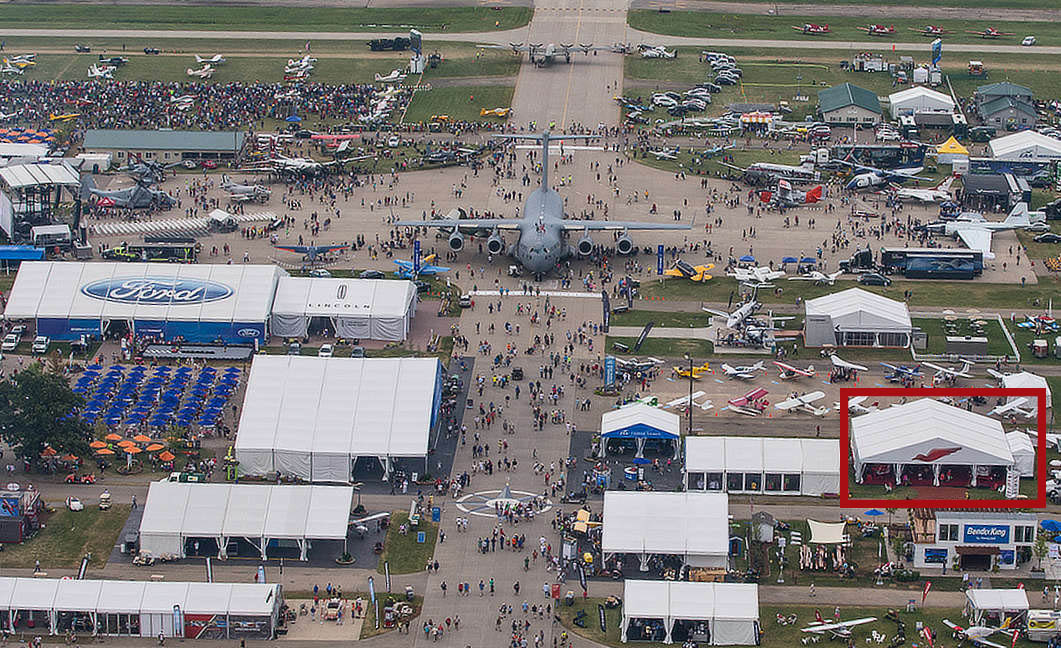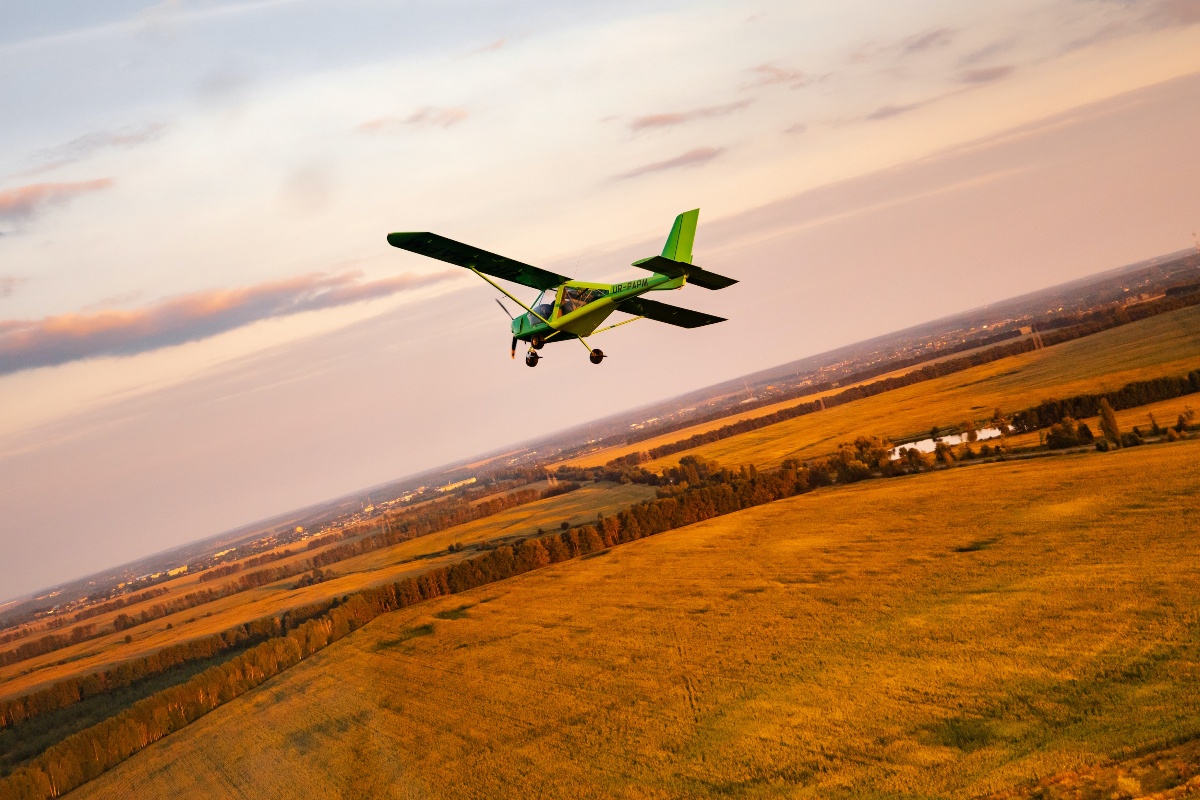For Aviation to Grow, We Must Grow Too
This is a waypoint. Over the last 12 years, Redbird has grown from a handful of pilots and tech-heads tinkering with prototypes in a barn to over 60 employees delivering more than 3,000 training devices worldwide. We’ve designed 20 different simulator models and developed countless aircraft configurations and flight models. We’ve simulated piston planes, jet planes, turboprop planes, floatplanes, vintage WWII planes, ag sprayers, and MedEvac choppers. We even built a custom simulator and scenario for Disney to promote Planes: Fire & Rescue. From a barn floor in Texas to the red carpet in California, it truly has been an incredible ride.
Now, here we are, at the intersection of where we’ve been and where we’re going. As much as we’ve enjoyed this adventure to date, we’re even more excited about the future of flight training and how we can contribute to it. That doesn’t mean we’re changing course, though. Our mission always has been and always will be to make it easier for anyone to become a pilot. As we continue to innovate and grow, our goal simply is to take that mission to higher altitudes.
Related Content: Link Trainer to Desktop to Redbird
By now, you’ve seen Boeing’s pilot outlook, which forecasts an increase in the demand for pilots over the next 20 years. Boeing’s figures, while worrisome at present, have inspired an upsurge in institutionalized aviation recruitment from K-12 programs through to the airlines. The collective effort to expose young people to challenging and rewarding careers in aviation is broadening the pool of aviation professionals. It’s making it easier for anyone to become a pilot, so it seemed only natural that we get involved. After all, students don’t just need help to progress through flight school more effectively and economically; they need help to get there in the first place.
 Over the last few years, we’ve seen the occasional simulator purchase by a high school physics program transform into flight simulation labs for entire school districts. K-12 schools are turning to aviation technology to engage their students and deepen their understanding of STEM through real-world applications. Simply put—meaning without debating whether quantum mechanics actually spans all of the STEM disciplines—aviation is the only real-world application for science, technology, engineering, and math collectively. Consequently, Redbird is developing several products and services to help educators and students maximize the capabilities of their flight training devices. Last year, we introduced TRACON, a new application for our Navigator operating system that allows one instructor to manage multiple training sessions simultaneously. As K-12 and university programs continue to increase their use of simulation, TRACON will enable instructors to start and track flights, change the weather, initiate failures, and reposition aircraft on multiple training devices from one centralized interface.
Over the last few years, we’ve seen the occasional simulator purchase by a high school physics program transform into flight simulation labs for entire school districts. K-12 schools are turning to aviation technology to engage their students and deepen their understanding of STEM through real-world applications. Simply put—meaning without debating whether quantum mechanics actually spans all of the STEM disciplines—aviation is the only real-world application for science, technology, engineering, and math collectively. Consequently, Redbird is developing several products and services to help educators and students maximize the capabilities of their flight training devices. Last year, we introduced TRACON, a new application for our Navigator operating system that allows one instructor to manage multiple training sessions simultaneously. As K-12 and university programs continue to increase their use of simulation, TRACON will enable instructors to start and track flights, change the weather, initiate failures, and reposition aircraft on multiple training devices from one centralized interface.
Since the use cases for flight simulation have expanded, we’ve also prioritized making our suite of training technology compatible across all our devices. Simulation is uniquely positioned as a common link between K-12 STEM programs, flight schools, universities, and the homes of pilots and aviation enthusiasts alike. It has the potential to engage students at a young age and track their progress throughout their aviation journey as student pilots and pilots. Technologically, this requires an evolution of the flight training device into a flight training delivery system. To aid in this effort, we’ve introduced Guided Independent Flight Training (GIFT), our simulator-based maneuvers training supplement, as an option for every Redbird simulator. With a single GIFT license, student pilots can begin their training on a Redbird device in their aviation program or flight school and continue on their desktop device at home. Regardless of where the training takes place, data recorded from training sessions are saved for the pilot and can be shared with his or her teacher or instructor. Therefore, with GIFT, flight instructors are able to plan sessions in a manner that allows them to add more students to their training schedule.

More than ever before, we’re developing products for the lifecycle of the pilot and the aviation professional. Increasingly, simulation technology is proving ideal for tracking and improving the historical proficiency of pilots and thus providing flight schools and educational institutions with the tools to become more operationally efficient. This is a waypoint. And we can’t wait to show you where we’re headed next.
Todd Willinger
CEO, Redbird Flight Simulations
Share this
You May Also Like
These Related Articles

Redbird Ground References at AirVenture 2019

Redbird Ground References at AirVenture 2018
